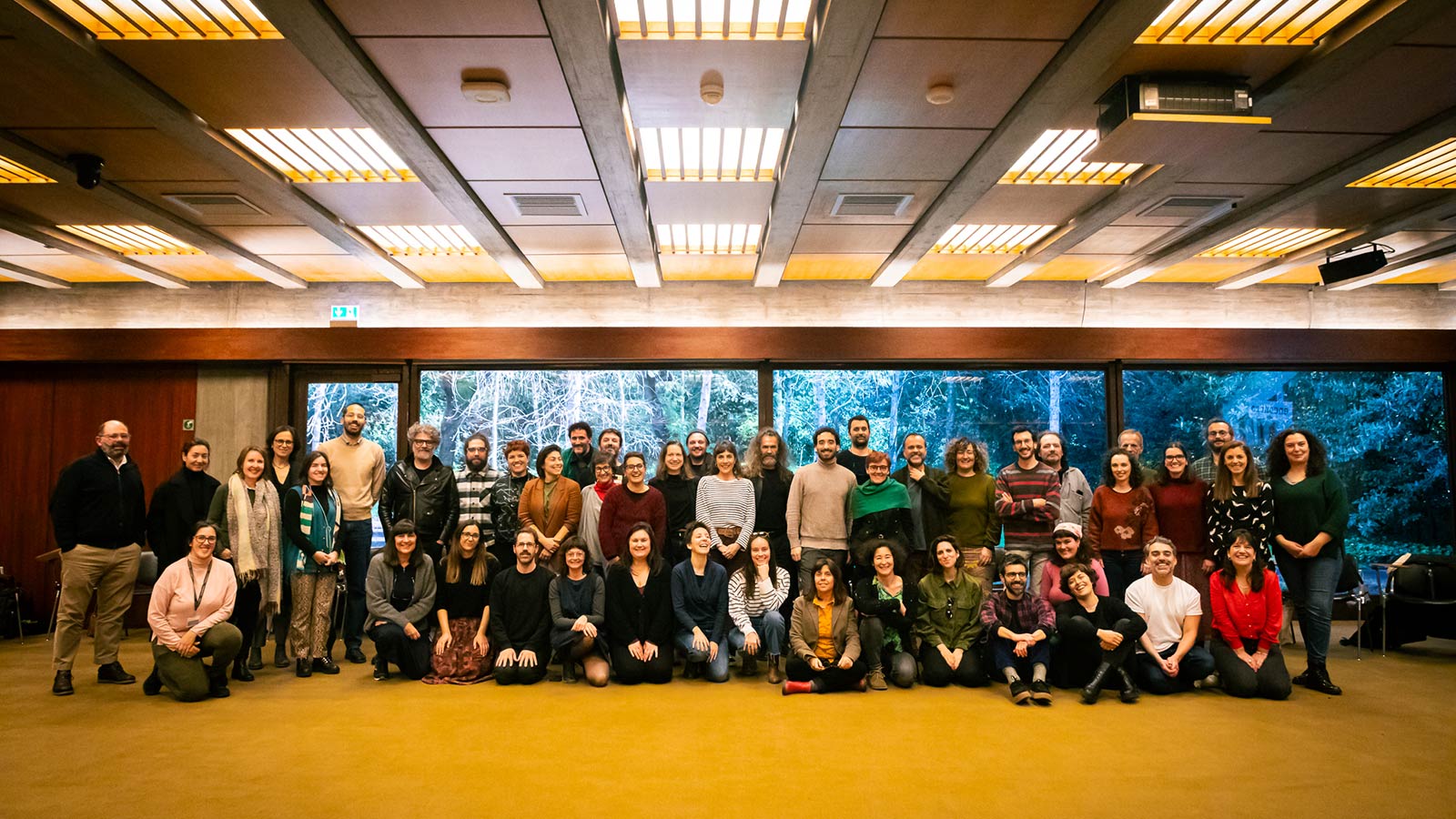Participatory art: a “summer love” in bloom
One month, an unknown territory and a blank sheet of paper. This is how most of the projects in the Atos programme began and developed in 2023 in four dozen municipalities across the country. In the aftermath of an intense year of projects and the start of a new year for the programme, representatives from 14 of the 16 artistic entities participating in the initiative came together on 11 and 12 March to share their anxieties, happiness and learning, and to debate ideas about the present and future of participatory practices and cultural democracy.
The first day was dedicated to exchanging experiences between the structures and monitoring teams of the D. Maria II National Theatre and the Calouste Gulbenkian Foundation. On the second day, with the help of mediators Carlota Quintão and Maria Vlachou, reflection groups were set up on the various fields of artistic work with communities and the role of participation in cultural democracy and the definition of cultural policies.

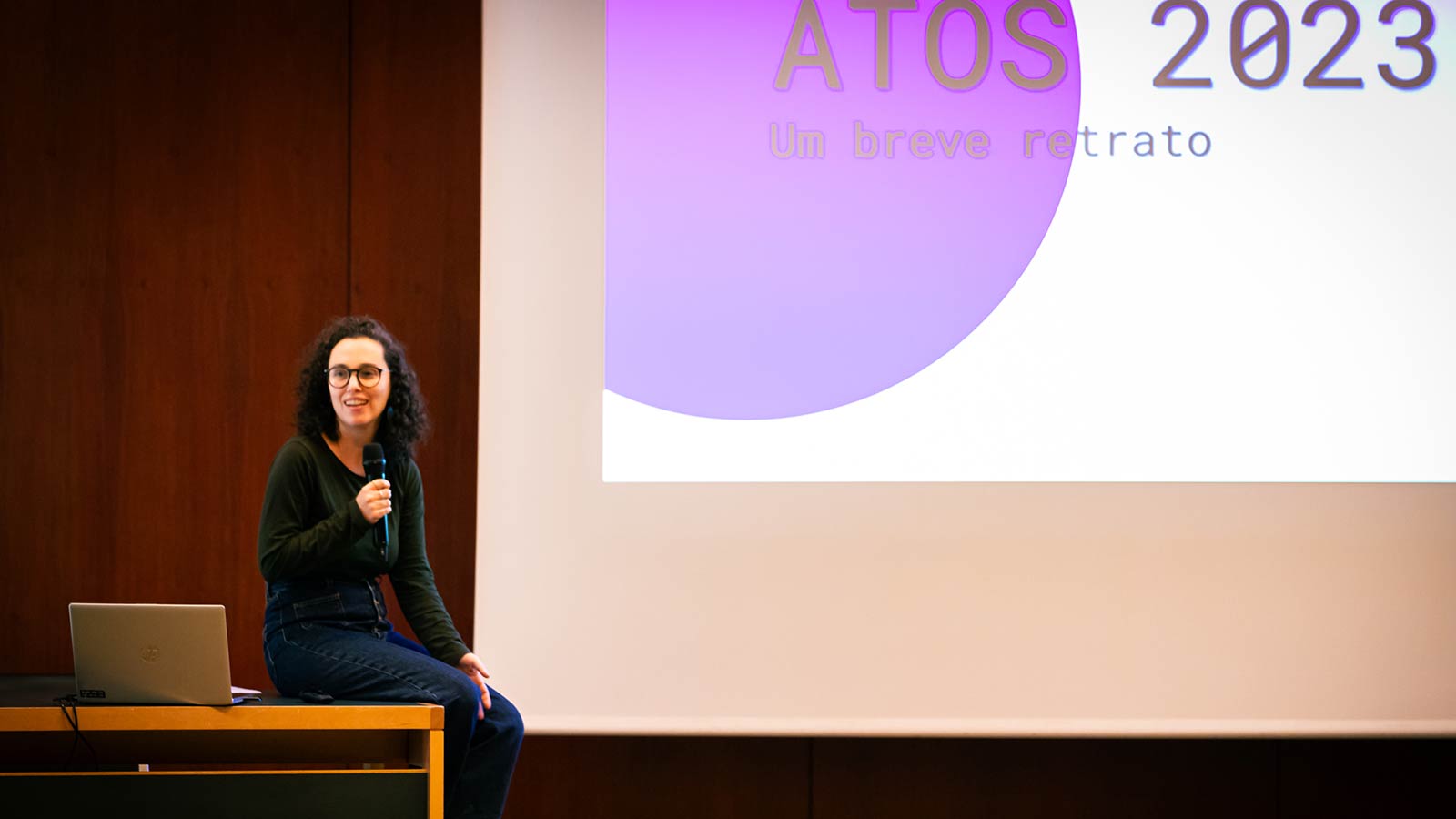
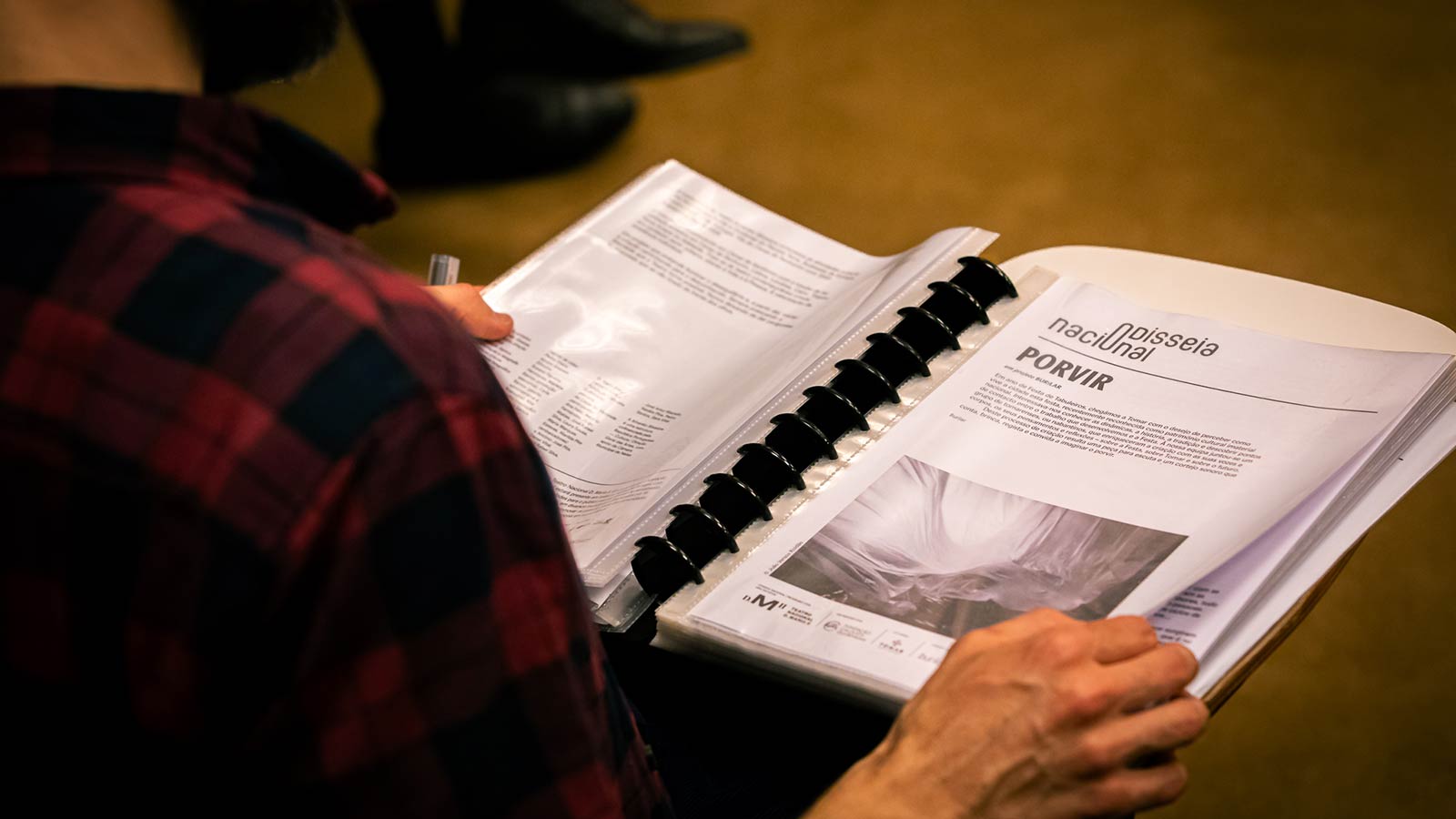
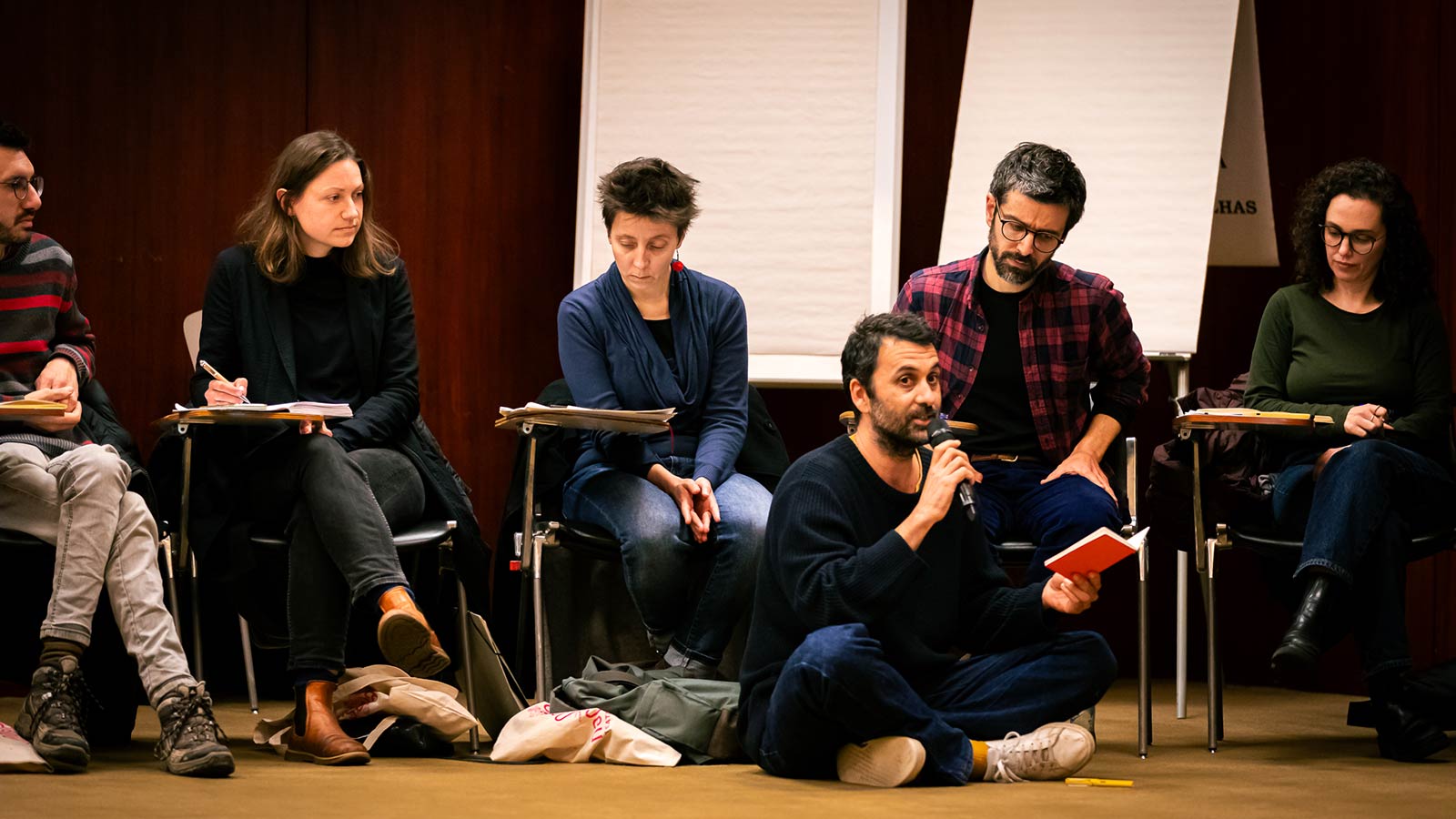
Building bridges where there are walls
In total, the Atos programme toured 38 municipalities across the country, using participatory art projects to support artistic creation with local communities, enhance the national cultural fabric and promote the civic practices of the communities living there. Each project ended with a moment of public visibility in a variety of formats, from shows, tours, art installations, assemblies, residencies and gatherings.
The issue most often mentioned when sharing the experience of the projects was the difficulty of managing time, which for some was too short to build ties with the community and create a collective object. However, what seemed like an obstacle at first was also what led the teams to develop a greater capacity for adaptation and transformation, focussing their energy on a concrete time and space.
This idea of difficulties turning into opportunities was, in fact, transversal to all the group’s conversations. In the same vein, the need for a final presentation can condition the process of creation with the community, but it is also a way of working towards a common goal and allows participants to confront a final object in which they have participated and in which they see themselves.
Other challenges mentioned were the lack of mediation between municipalities and communities, making it difficult to reach people who don’t normally have access to this type of initiative; communication (inside and outside the community); the lack of spaces with suitable technical conditions and adapting to the specific characteristics of each territory. On the positive side, there are the bonds and bridges that are built between people from different backgrounds, the unexpected encounters and the tools that result from these encounters and that remain for future memory, or even find someone to continue them.
For Luís Sousa Ferreira, assistant artistic director of the D. Maria II National Theatre, the painting is the equivalent of a summer love. “We know that summer love has a beginning and an end, and that’s why it’s so magical, overwhelming and transformative. It allows us to have memories of smells, scenery and has many more effects than we realise. The challenge was a summer love with each territory.”
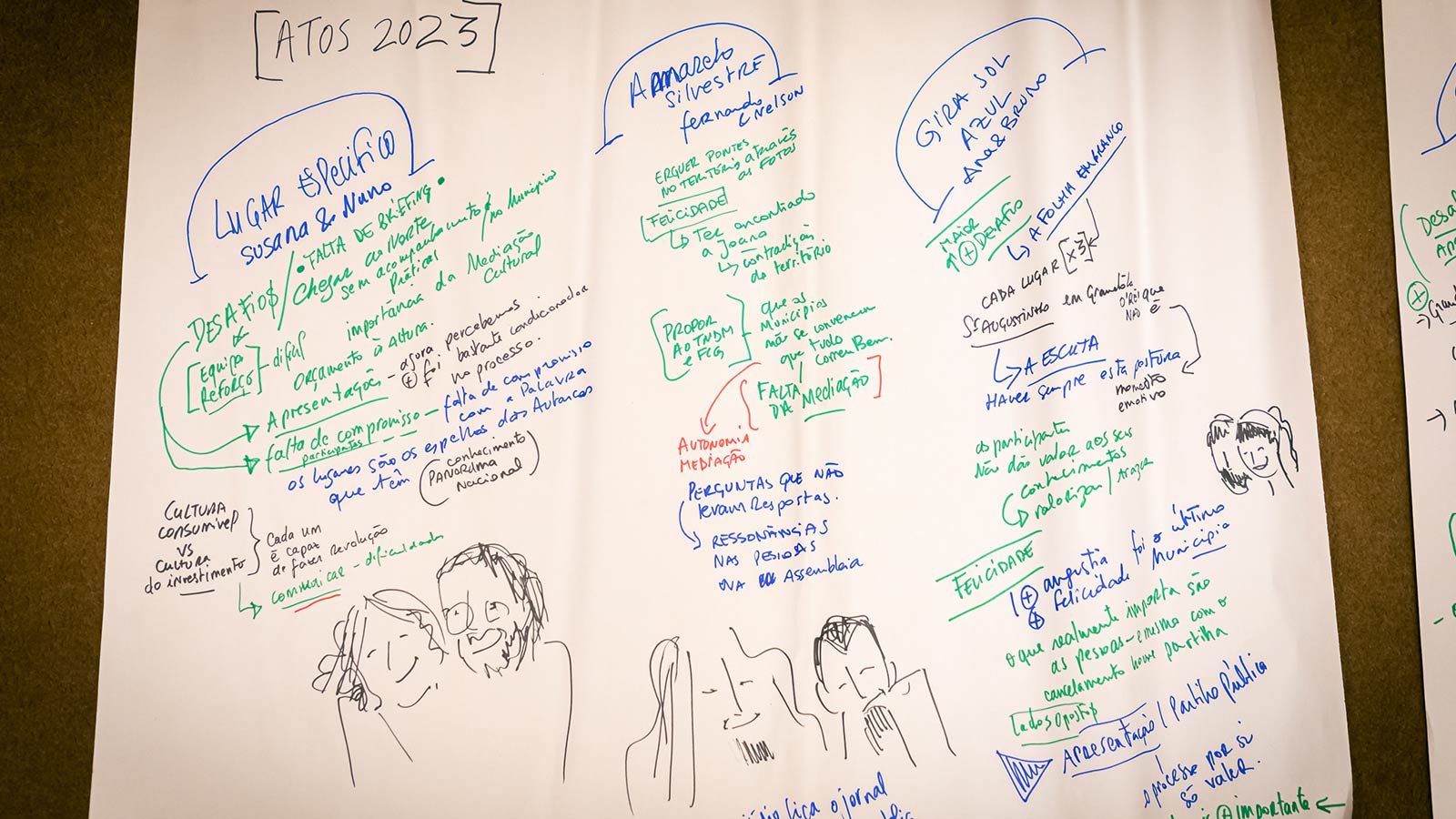
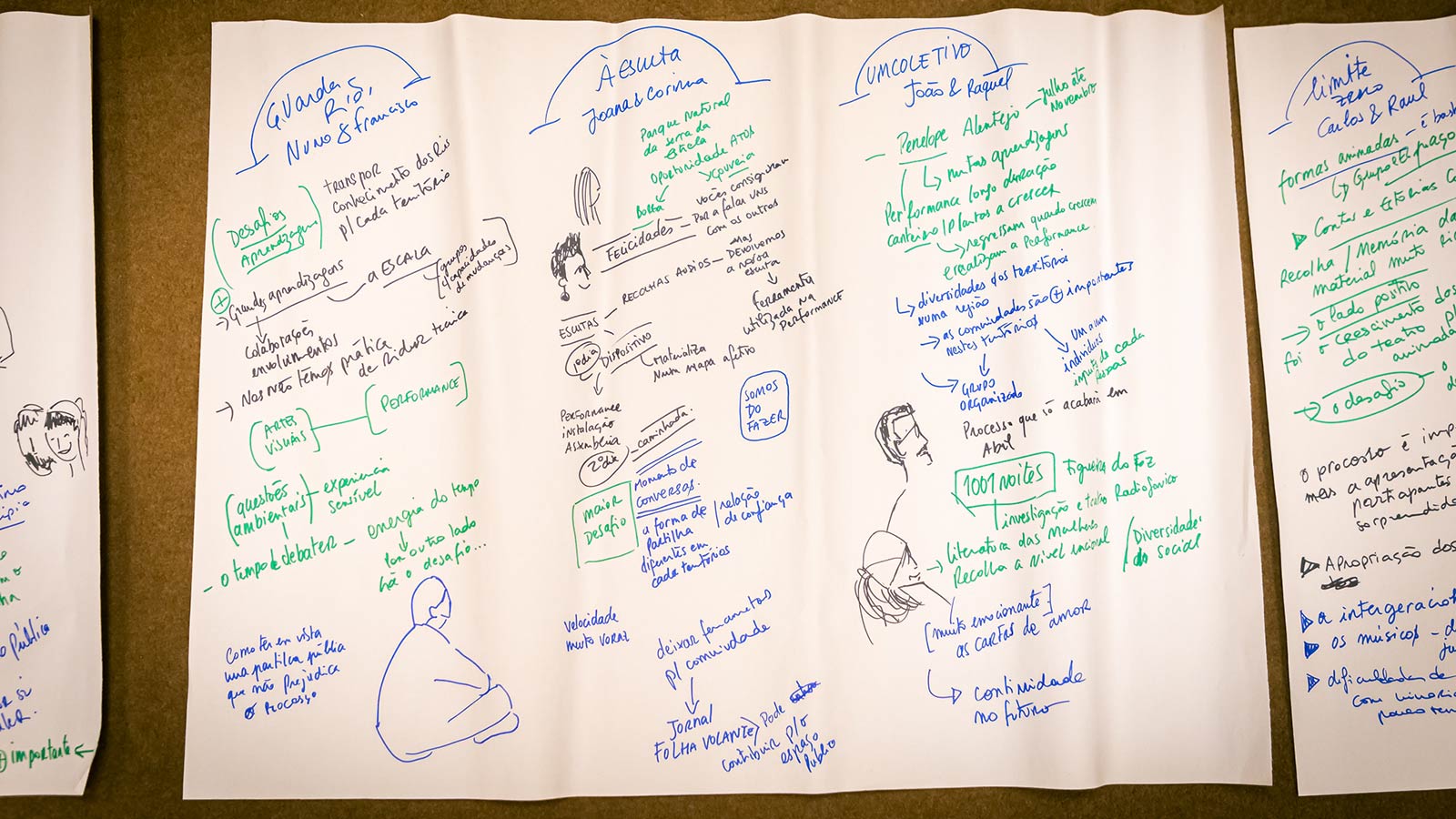
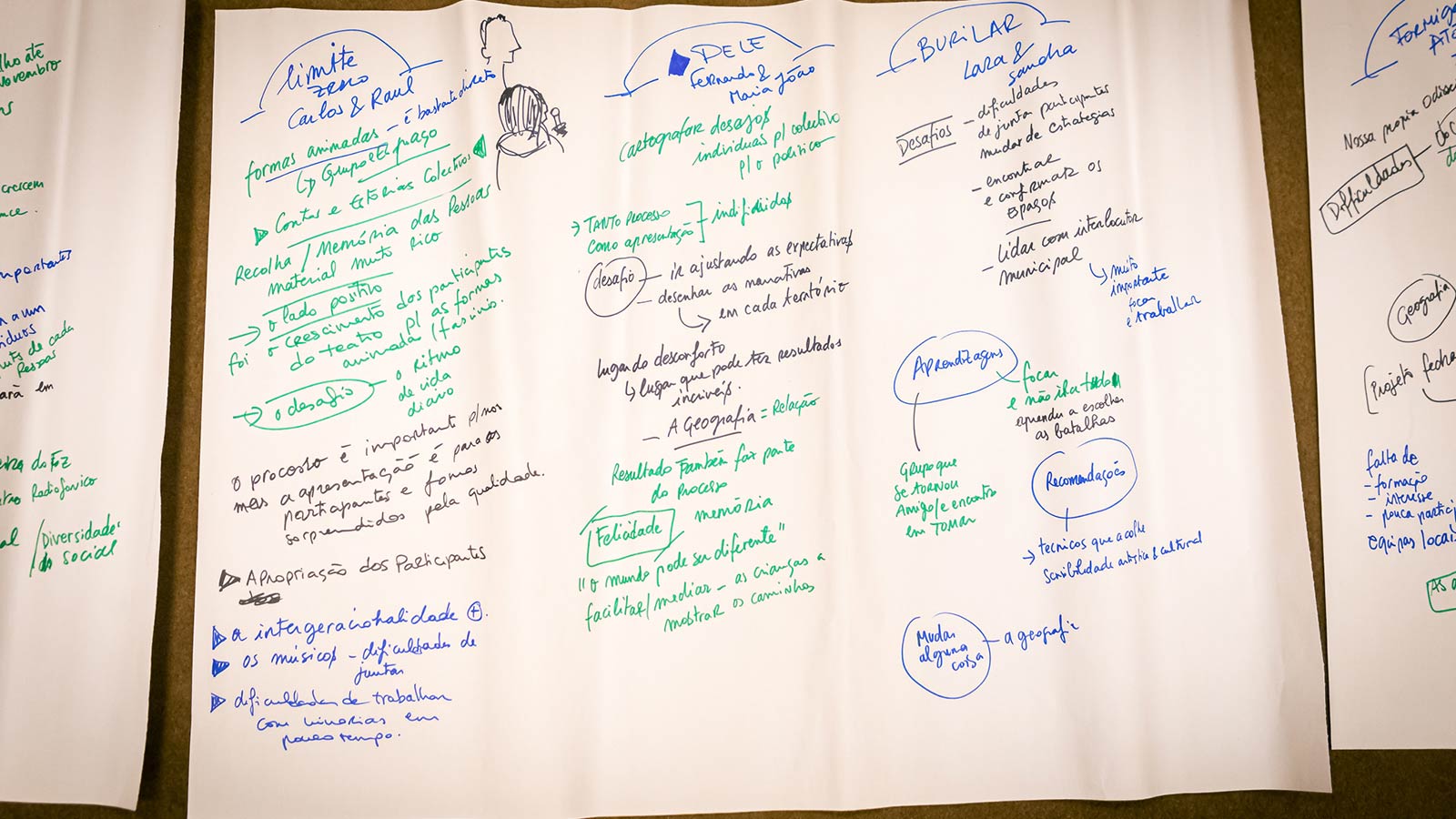

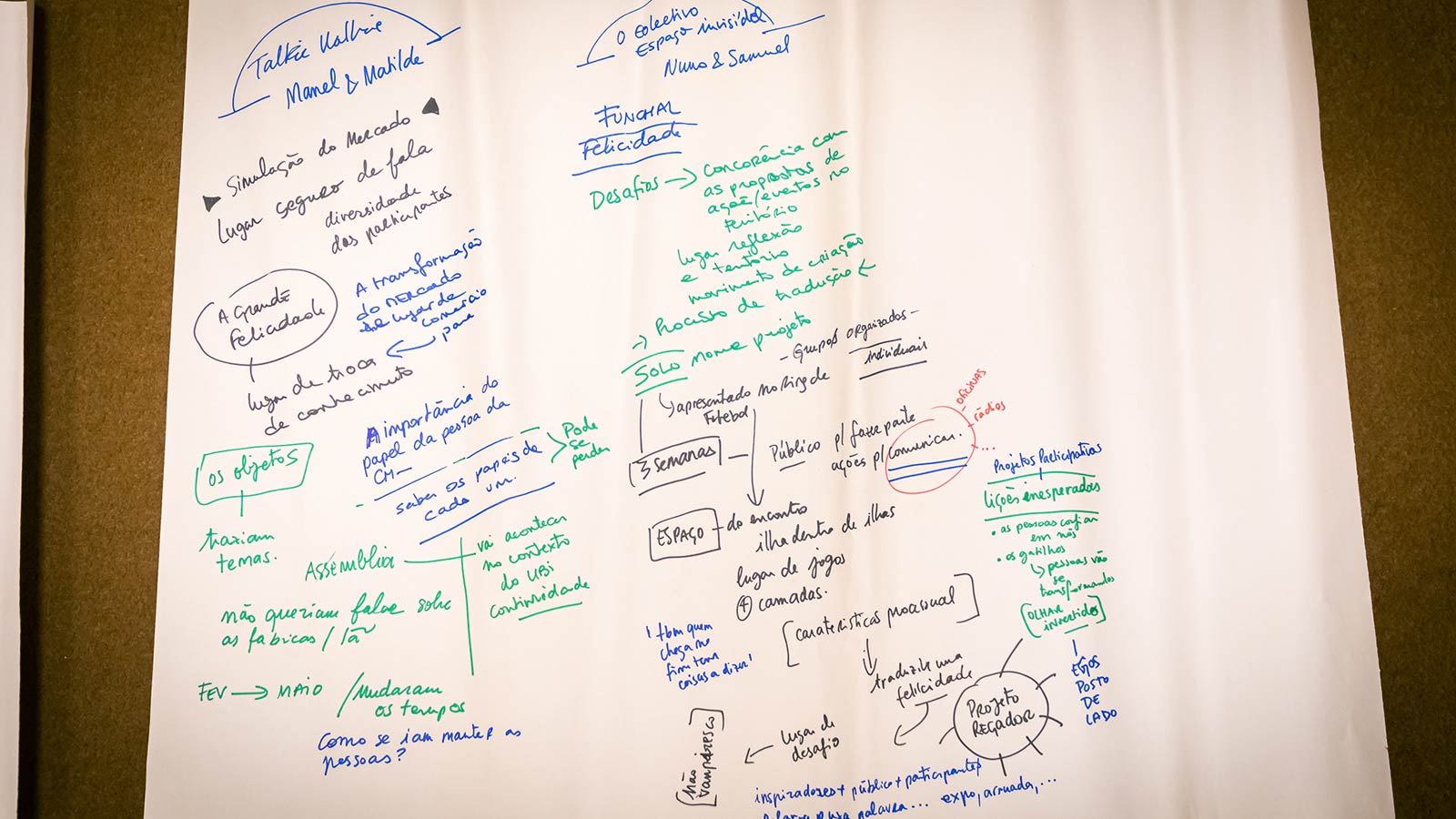
Turning discomfort into a comfortable place
Another analogy that marked the meeting was the idea of a “watering project”, as opposed to a “seed project”. According to Samuel Coelho, from Coletivo Espaço Invisível, “the seed is already there”, so the role of a project like those proposed by Atos is to water the soil and make it flourish, through listening and creating a common place of speech.
From the soil of the various projects came questions, desires and wishes, but also confrontations and conflicts. There is a discomfort in this place of questioning that drives all transformation, but it is also frightening and “very exhausting”, in the words of Maria João Mota, from the PELE association. This reveals the importance of building a network of support and security as a basis that encourages the practice of risk, well-being and comfort.
This and other key issues such as mediation, artistic practices and time working with communities, ways of generating participation or the role of the institution occupied the groups throughout the second day. With regard to this last point, the need to deconstruct the weight associated with the concept of institution and build institutions that are more flexible and adaptable to the society in which they are inserted – like a river that flows and flows, quenching the thirst of those who drink from it and overcoming the occasional stones in the way – became clear.


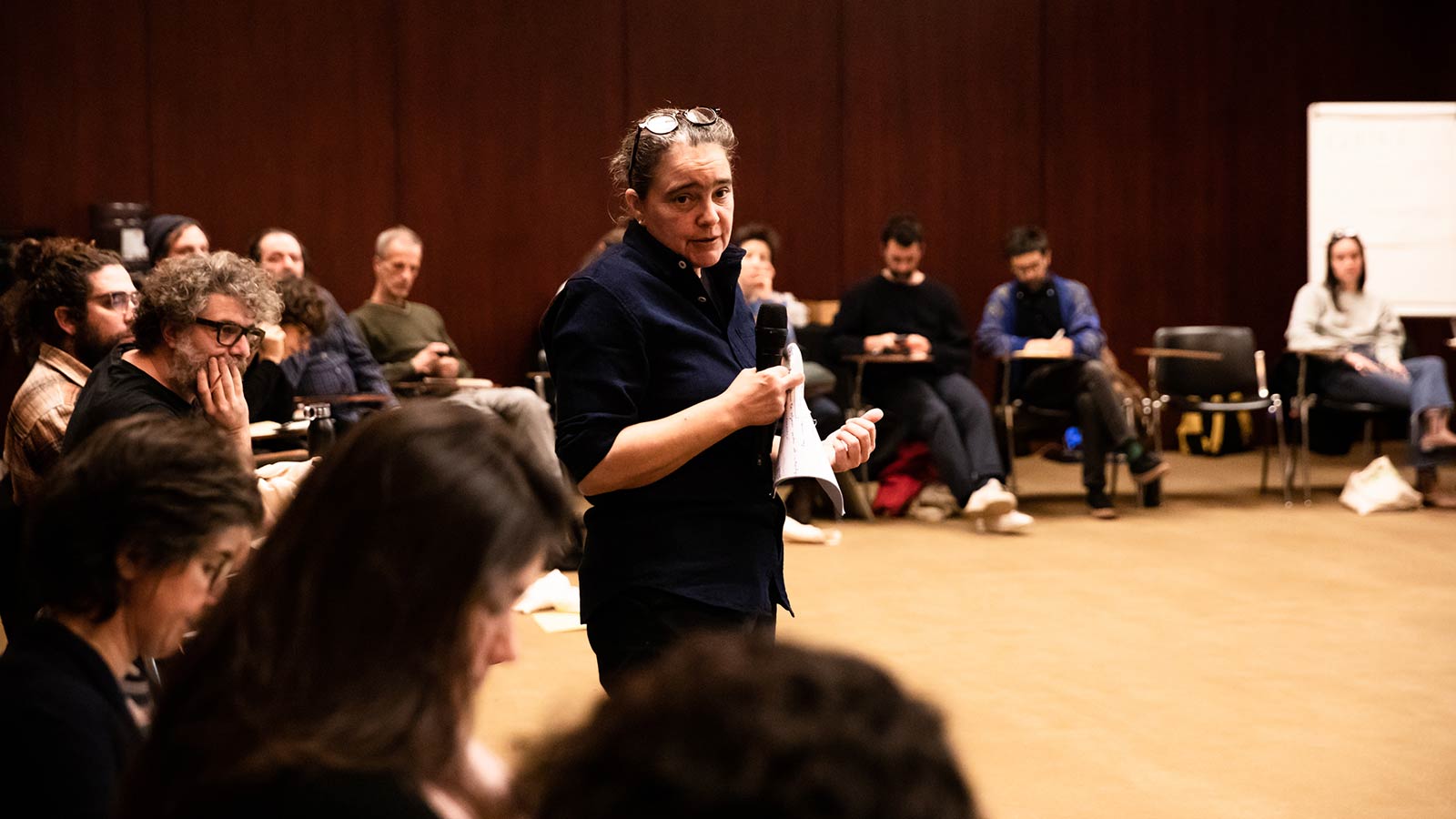
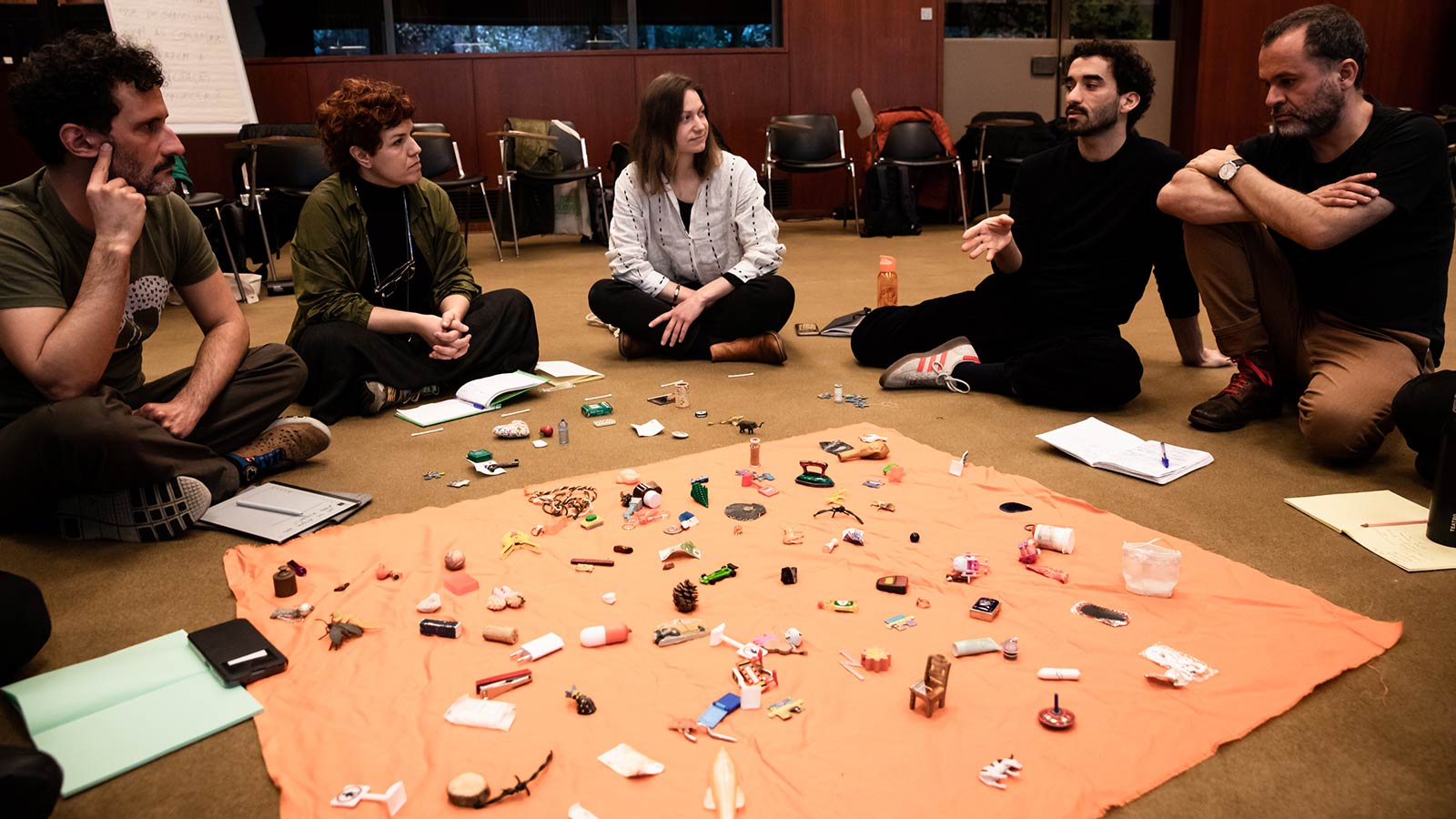
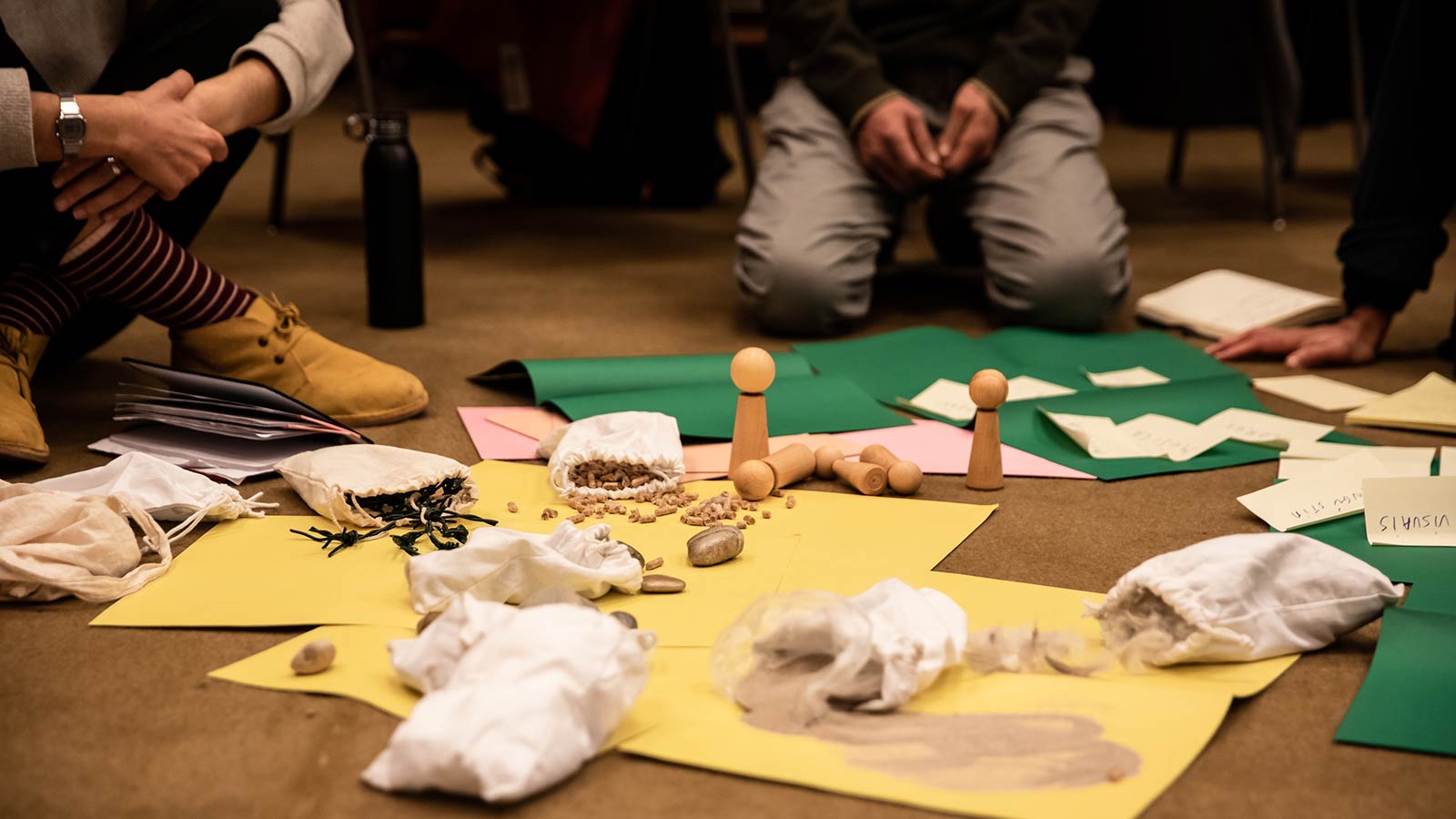
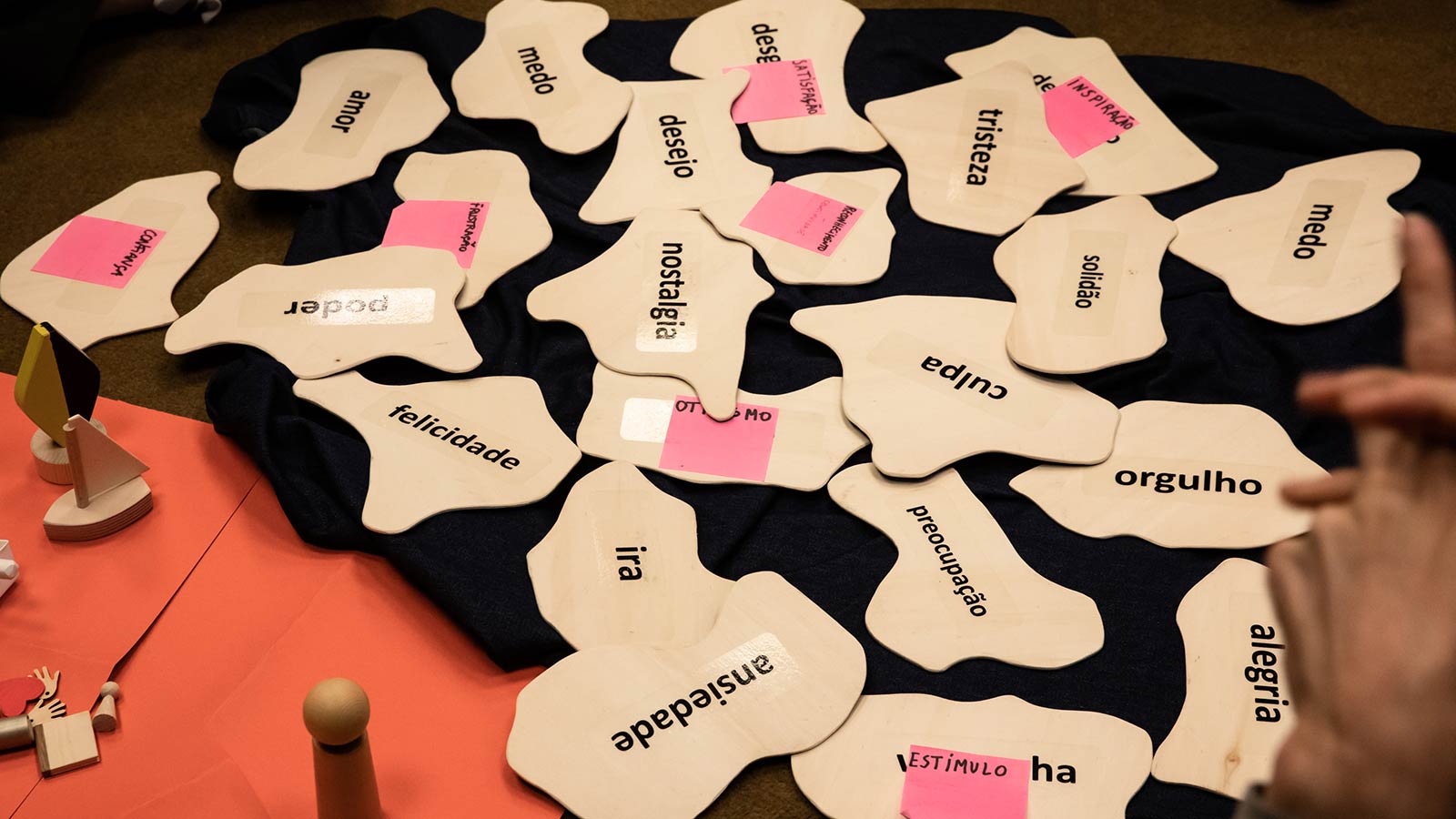
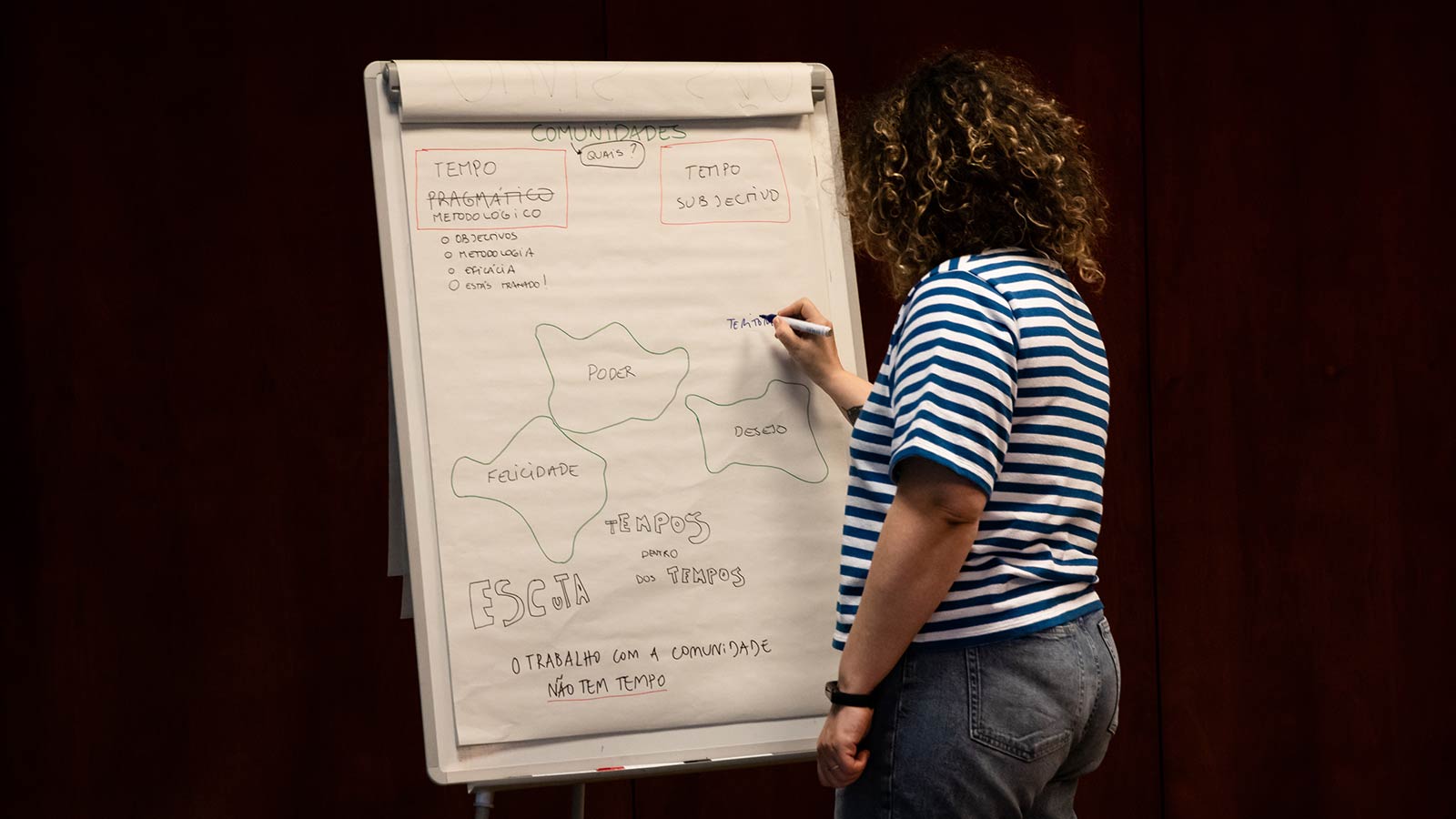
“A new sense of us”
“Participation in itself implies the practice of risk and desire,” said one of the reflection groups on “cultural democracy, cultural policies and participation”. It takes courage and desire to take on the commitment that a participation project demands of the participant: a leap into the unknown, an embrace of discomfort, of a curious and provocative gaze. It is this space that these projects create and which is usually absent from everyone’s civic life.
However, only through participation can we get closer to the democratisation of culture. It is risk and desire that catalyse action and bring about transformation and must therefore motivate the collective vision of cultural public policies. So how do we collectively activate desires? How can desires become cultural policy? These were the questions that closed the last debate.
In the end, there are certainly still many questions to be answered and problems to be solved. However, everyone is left with the clear feeling that participation is slowly gaining a foothold, building, as the Ondamarela association’s motto states, “a new sense of us”.
In partnership with the Calouste Gulbenkian Foundation, Atos is one of the five programmes of the National Odyssey of the D. Maria II National Theatre. It has travelled through lands and cities from the north to the south of the country, including Madeira and the Azores, and has involved dozens of cultural structures and several hundred participants from different backgrounds. The programme will continue in 2024 to systematise the knowledge acquired, provide meeting places and promote the realisation of new projects with other conditions and tools, in this area that is central to the mission and objectives of the Gulbenkian Foundation and the National Theatre.

